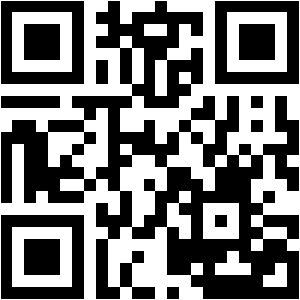When you get your papers translated, you may think the work is done. But even one small mistake can cause big problems. Whether it is for a visa, school, job, or legal use, checking your translated documents is very important.
In this blog, we will explain what exactly to check to make sure your documents are correct, safe, and accepted in Singapore.
1. Check Names and Personal Details
The first thing to look at is your personal information. Names can be written differently in another language. A small spelling mistake can create problems.
Look at these carefully:
- Full name (first, middle, last)
- Date of birth
- Gender, if it is written
- Passport or ID number
- Any titles like Mr., Ms., Dr.
Tip: Compare every detail with the original. Even one missing letter can cause trouble.
2. Look at Dates and Numbers
Dates and numbers are easy to mix up. Different countries write dates differently. In Singapore, it is DD/MM/YYYY, but other places may write MM/DD/YYYY.
Check carefully:
- Birth dates and expiry dates
- Issue dates
- ID numbers
- Amounts or percentages
Always match numbers with the original document.
3. Check Address and Contact Details
Addresses are tricky because countries write them differently. A wrong street number or postal code can create issues.
Check:
- Street name and number
- Postal code
- City, state, and country
- Phone number or email
4. Make Sure the Document Format is Right
Some offices in Singapore want documents in a specific format. Even if the words are correct, the format must be correct.
Check:
- Page numbers
- Where the signature and stamp are
- Headings and subheadings
- Line spacing and margins
We make sure documents from Certified Translation Service Singapore follow the right format for government, school, or employer use.
5. Check Technical Words
Some papers like legal, medical, or academic documents have hard words. Wrong translation can change the meaning.
Check:
- Legal terms are correct
- Medical terms are correct
- Job titles or degree names are correct
Tip: Always use a certified translator for important documents.
6. Look for Stamps and Certification
Many documents need a certified or notarized translation. This shows your document is official and accepted.
Check:
- Translator’s signature
- Official stamp or seal
- Certification statement
- Date of translation
Without these, your document may not be accepted by schools, jobs, or government offices.
7. Check Language and Spelling
Even small mistakes in words or grammar can make your document look unprofessional.
Check:
- Spelling and grammar
- Punctuation
- Consistent words for the same thing
- Clear and simple sentences
8. Compare Line by Line with Original
The safest way is to check every line of your translated paper against the original.
Tips:
- Highlight sections in the original and see them in the translation
- Watch numbers, dates, and names
- Make sure footnotes or references are correct
9. Confirm What the Authority Needs
Different offices in Singapore need different translations:
- Immigration may need certified translation with a stamp
- Schools may accept simple translation
- Employers may want notarized translation
Always check what the office wants before submitting.
10. Use Professional Translation Service
Even if you check everything, using a professional service is safer. At Certified Translation Service Singapore, we provide:
- Certified translations accepted in Singapore
- Fast and accurate work
- Double-checking for mistakes
- Friendly help for questions
Tip: Avoid free online translators for important papers. Mistakes can delay or reject your application.
FAQs
Q1: What is the difference between certified and notarized translation?
A certified translation is signed and stamped by a professional translator to confirm it is accurate. A notarized translation is done in front of a notary public, who also signs it. Notarization is sometimes needed for legal documents.
Q2: Can translation errors cause legal problems?
Yes. Wrong dates, names, or technical words in legal, immigration, or school documents can create legal or administrative problems. Using a professional service helps avoid these issues.
Q3: How can I know if my translator is professional?
A good translator should:
- Be certified or qualified
- Have experience in the type of document you need
- Provide a signed and stamped translation
- Check details carefully and offer a review
Q4: Can translated documents be rejected by Singapore authorities?
Yes, if they have mistakes, wrong format, missing certification, or unreadable text. Always check before submission.
Q5: Do I need to pay extra for certified translation in Singapore?
Usually, certified translation costs more than simple translation because it is official, double-checked, and ready for government or legal use. But it saves time and prevents rejection.
Conclusion
Checking your translated papers is very important. It keeps you safe from mistakes and delays. Always check:
- Names and personal info
- Dates and numbers
- Address and contact
- Format and stamps
- Technical words and spelling
For safe, accurate, and certified translation in Singapore, trust CertifiedTranslationService.SG. We make your documents correct and ready for any official use.
Contact us today to get your documents translated safely and quickly!
Ethan Lim
Hi, I’m Ethan Lim, a certified translator and language expert at CertifiedTranslationService.sg. I share clear and helpful articles about certified translation services in Singapore, covering ICA document needs, immigration papers, legal translation, and notarization. With my knowledge of industry standards and client needs, I guide readers through the translation process with trust and confidence.

